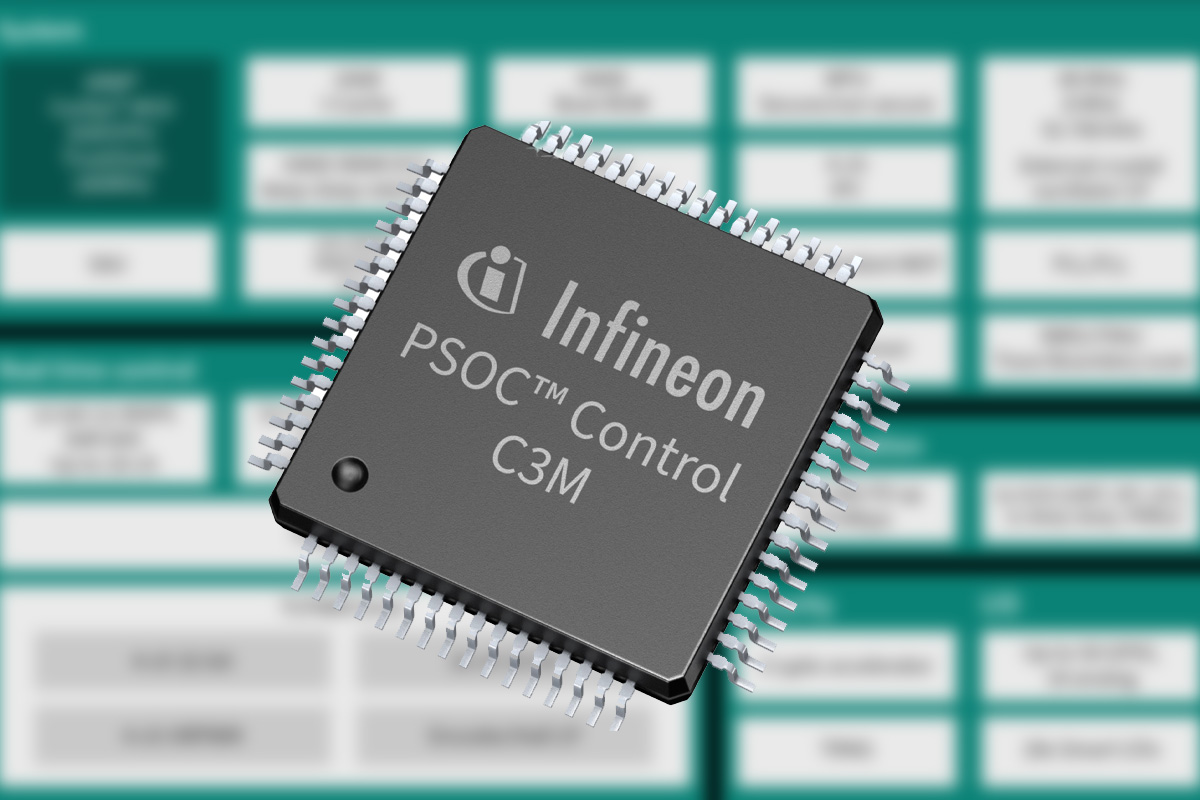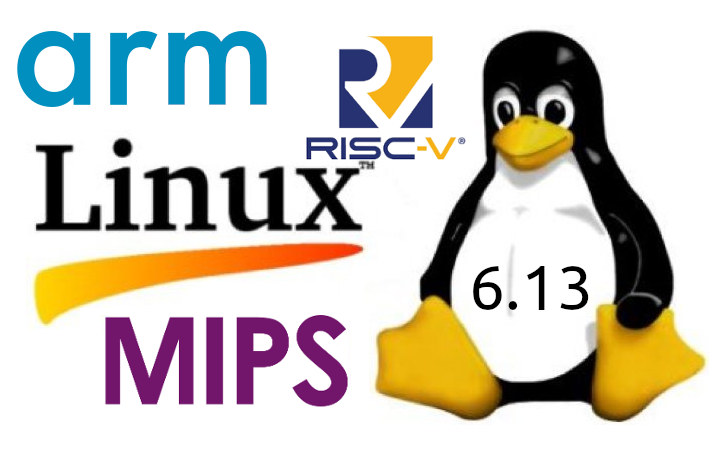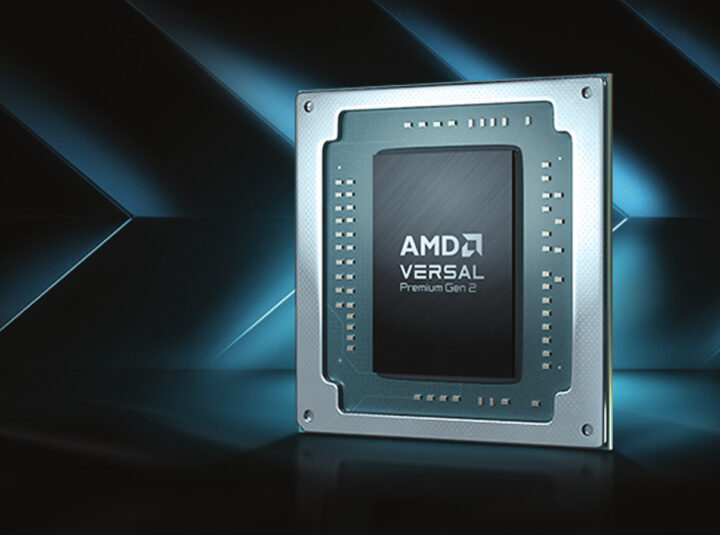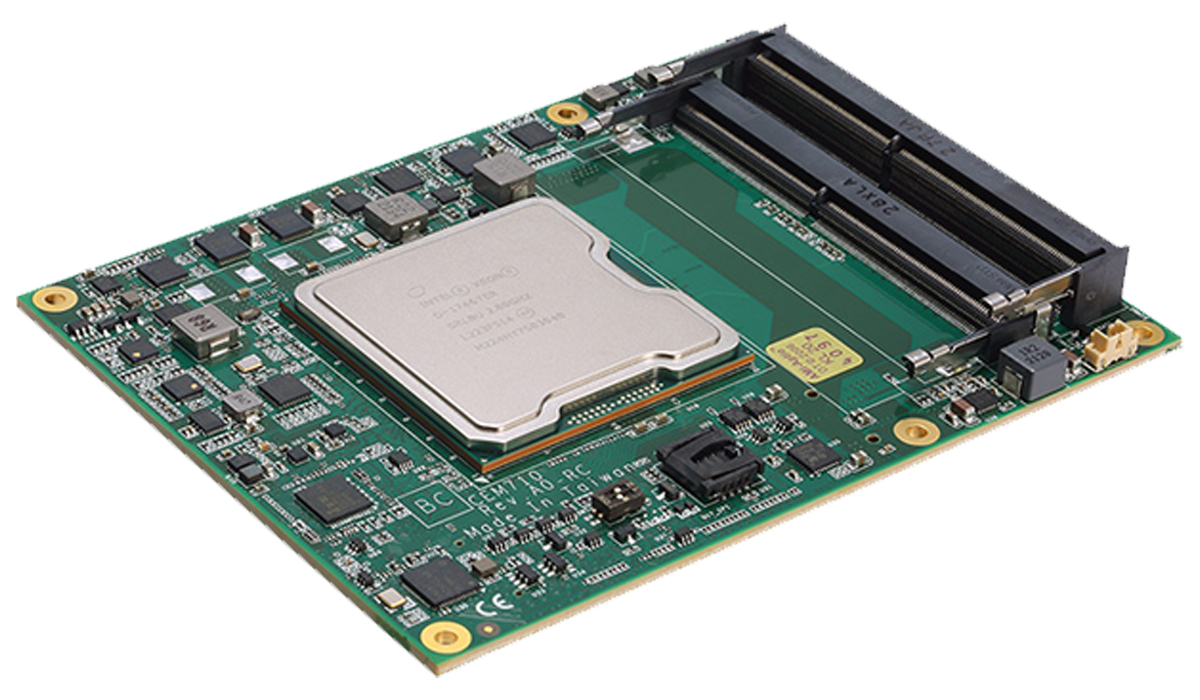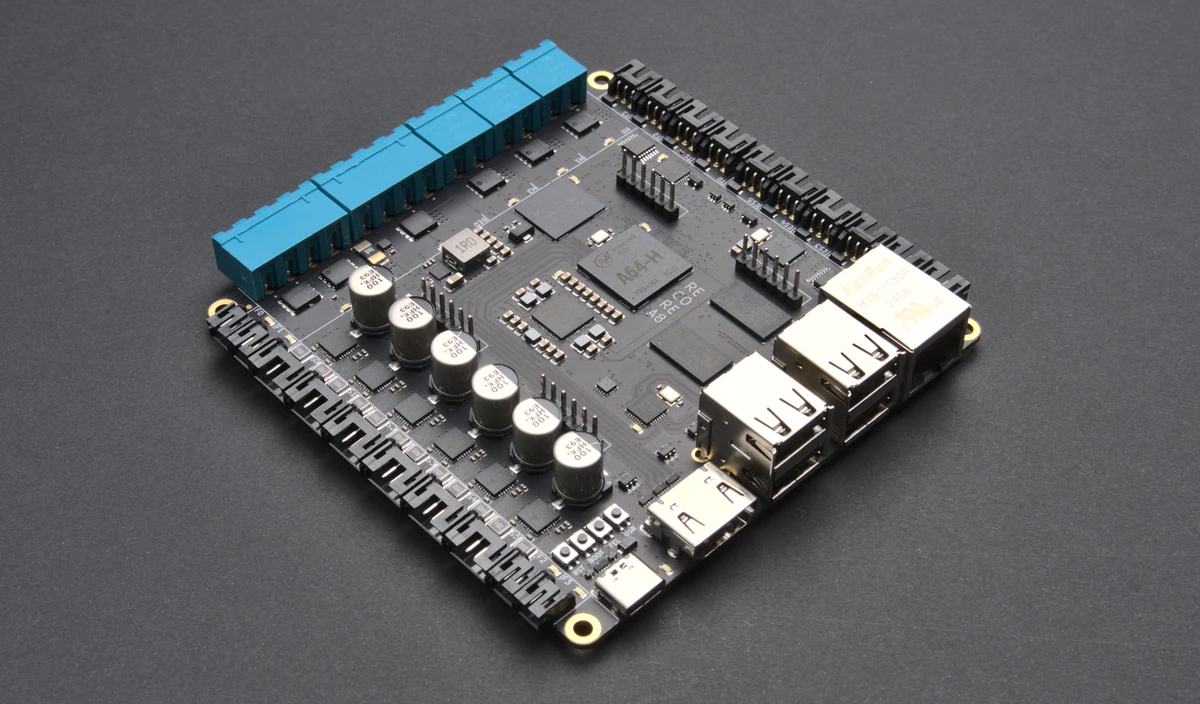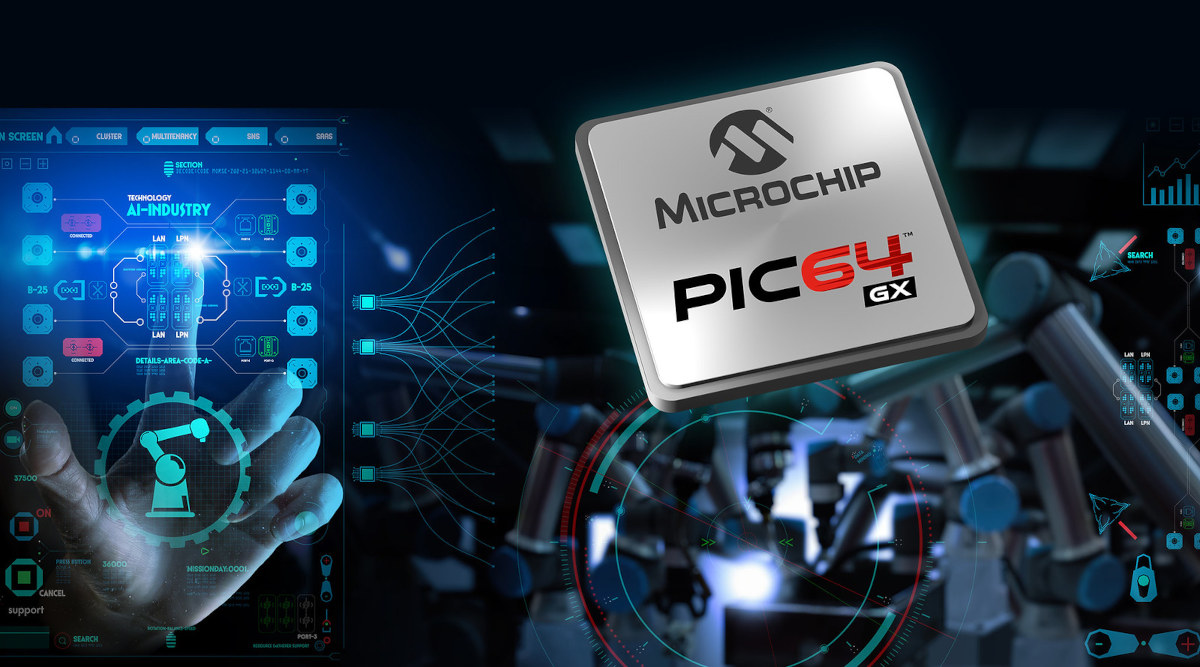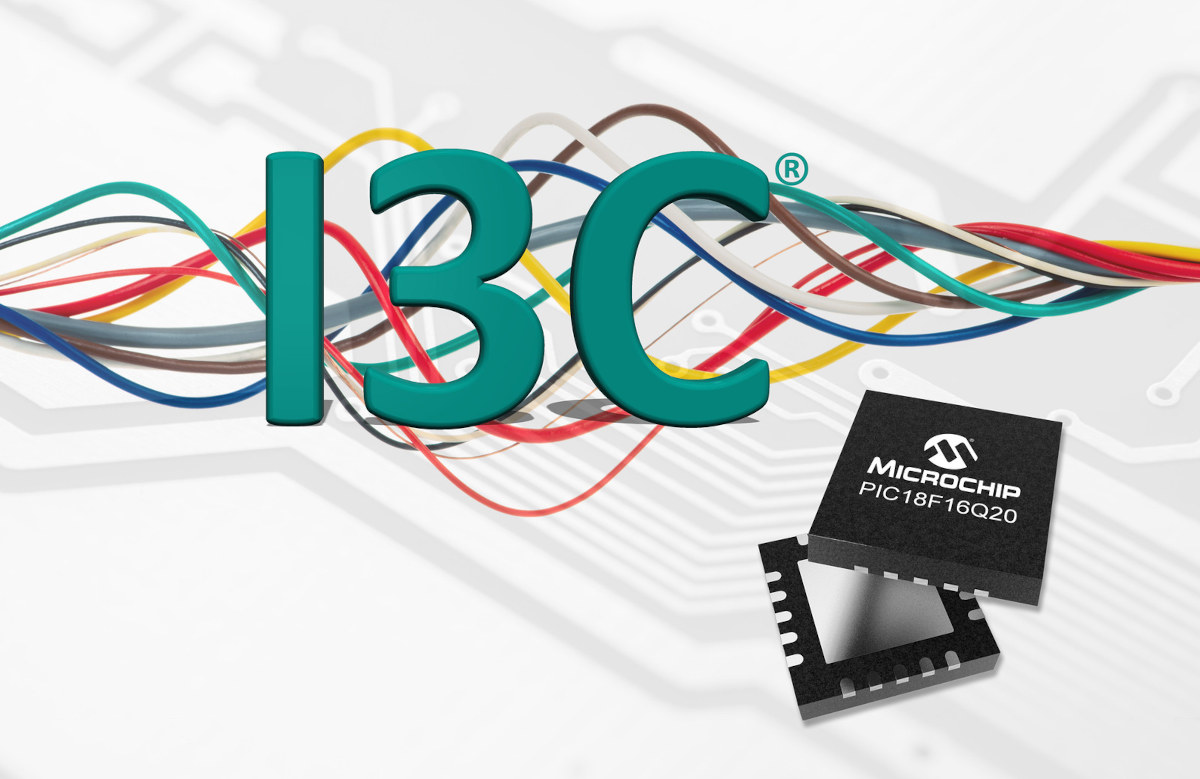Infineon recently launched the PSOC Control C3x family of Arm Cortex-M33 MCUs for real-time control applications in motor control and power conversion systems. The family includes 18 MCUs categorized into two lines, the Entry Line (C3P2, C3M3) and the Main Line (C3P5, C3M5). These MCUs can be used for various applications including home appliances, industrial drives, robots, light electric vehicles (LEVs), solar systems, and HVAC systems. The Entry Line operates at up to 100 MHz and supports a 12-bit SAR ADC with a sampling rate of up to 6 Msps, making it suitable for basic motor control and power conversion tasks. In contrast, the Main Line offers higher performance with up to 180 MHz operation, a faster 12-bit SAR ADC up to 12 Msps, and 4-channel High-Resolution PWM (HRPWM) for precise control. It also supports Wide Bandgap (WBG) switches for high-frequency power systems. Other features of this MCU include DSPs, FPUs, […]
Linux 6.13 Release – Main changes, Arm, RISC-V, and MIPS architectures
Linus Torvalds has just announced the release of Linux 6.13 on the Linux Kernel Mailing List: So nothing horrible or unexpected happened last week, so I’ve tagged and pushed out the final 6.13 release. It’s mostly some final driver fixes (gpu and networking dominating – normal), with some doc updates too. And various little stuff all over. The shortlog is appended for people who want to see the details (and, as always, it’s just the shortlog for the last week, the full 6.13 log is obviously much too big). With this, the merge window for 6.14 will obviously open tomorrow. I already have two dozen pull requests pending – thank you, you know who you are. Linus Release about two months ago, Linux 6.12 – the new LTS version – brought us real-time “PREEMPT_RT” support that had always required out-of-tree patchsets until now, the completion of the EEVDF (Earliest Eligible […]
AMD Versal Premium Gen2 SoC FPGA family features Arm Cortex-A72/R5F cores, high-end FPGA fabric, PCIe Gen6, CXL 3.1 interfaces
AMD Versal Premium Series Gen 2 SoC FPGA combines dual-core Cortex-A72 and dual-core Cortex-R5F processors with high-end FPGA fabric with up to 3.2 million logic cells and CXL 3.1 (Compute Express Link), PCIe Gen6, and DDR5/LPDDR5X high-bandwidth interfaces for data center, communication equipment, test & measurement, and aerospace & defense data-intensive applications. AMD Versal Premium Gen2 specifications: CPU cores Dual-core Arm Cortex-A72 application core, 48 KB/32 KB L1 Cache w/ parity & ECC; 1 MB L2 Cache w/ ECC Dual-core Arm Cortex R5F, 32 KB/32 KB L1 Cache, and 256 KB TCM w/ECC Memory – 256MB on-chip with ECC FPGA fabric System Logic Cells – Up to 3,273,480 LUTs – Up to 1,496,448 DSP Engines – Up to 7,616 Interfaces connected to CPU cores 2x Ethernet 2x UART, 2x SPI, 2x I2C 2x CAN-FD 1x USB 2.0 FPGA memory, interfaces, I/Os, and transceivers Up to 327 Mbit memory @ 273 […]
Axiomtek CEM710 COM Express module features Intel Xeon D-1700 SoC with up to 100Gbps Ethernet support
In 2022, we covered Intel’s Xeon D (Ice Lake-D) processor family, which includes the D-2700 and D-1700 models. These processors are designed for software-defined networking and edge applications, providing data center-grade capabilities at the edge. Key features include integrated AI and crypto acceleration, built-in Ethernet, and support for Intel Time Coordinated Computing (TCC) and Time-Sensitive Networking (TSN) to ensure high reliability. Leveraging these advanced capabilities, companies like ADLINK Technology and Congatec have introduced COM-HPC server modules and COM Express Type 7 modules based on the new Xeon D lineup. Axiomtek’s CEM710 is a COM Express Type 7 Basic Module powered by Intel Xeon D-1700 Series processors, designed for edge computing, industrial automation, and data-intensive applications. It offers up to 10 cores, 100Gbps Ethernet, and 64GB of DDR4 ECC memory, along with PCIe Gen3 slots for expandability. With rugged features and TPM 2.0 for security, it ensures reliable performance in demanding […]
Recore A8 – An Allwinner A64-powered 3D printer control board with TMC2209 stepper drivers
The Recore A8 is an all-in-one 3D printer control board built around the Allwinner A64 SoC. The board includes six soldered TMC2209 stepper motor drivers, cooled by an 8-layer PCB for durability. To make the connection better the board features industry-standard JST PH connectors for secure cable connections. Most of the connectors are flexible and support end-stops, Neopixels, servos, inductive probes, and BLTouch. Two Expansion headers on the board allow for two additional stepper motor drivers. Additionally, the board supports various temperature sensors, including regular thermistors, thermocouples, and PT100/PT1000 sensors (PT100 requires an extra board). Elias Bakken has been working on this board since 2019 and in our post about the earlier Recore A5, we have seen how Elias leverages Allwinner A64’s 300 MHz AR100 core to control real-time I/Os. Recore A8 specifications: SoC – Allwinner A64 quad-core Cortex-A53 processor running at 1 GHz, with AR100 32-bit core @ 300 MHz, Mali-400MP2 […]
Microchip PIC64GX is a quad-core 64-bit RISC-V microprocessor for real-time processing
Microchip has introduced its first 64-bit RISC-V microprocessor family with the PIC64GX pin-to-pin compatible with the company’s PolarFire SoC FPGA devices and designed for edge designs for the industrial, automotive, communications, IoT, aerospace, and defense segments. The PIC6GX MPU supports asymmetric multiprocessing (AMP) to run Linux, real-time operating systems, and bare metal in a single processor cluster with secure boot capabilities. The company further claims the PIC64GX MPU is “the first RISC-V multi-core solution that is AMP capable for mixed-criticality systems”. The first member of the PIC64GX RISC-V family is the PIC64GX1000 microprocessor. Microchip PIC64GX1000 specifications: CPU Quad-core SiFive U54 64-bit five-stage, single-issue, in-order pipeline RISC-V (RV64GC) processor at up to 625 MHz with AMP and deterministic latencies, PMP and MMU units Single-core SiFive E51 64-bit RISC-V (RV64IMAC) monitor processor core at up to 625 MHZ with PMP unit Cache L1 memory subsystem with Single-Error Correct, Double-Error Detect (SECDED) Flexible […]
Embedded Open Source Summit 2024 schedule – Embedded Linux, Zephyr OS, and Real-time Linux
The Embedded Open Source Summit 2024 (EOSS 2024) will take place on April 16-18 and the Linux Foundation has already announced the schedule with conference sessions, lightning talks, and birds of a feather (BoF) sessions covering embedded Linux, Zephyr OS, and real-time (RT) Linux. While I won’t be attending in person, I still find it interesting to check out the schedule as we may learn more about the current status of embedded Linux. So I’ve created my own little virtual schedule out of the available talks. Tuesday, April 16 – Day 1, Embedded Open Source Summit 2024 9:05 – 9:45 – No, It’s (Still) Never Too Late to Upstream Your Legacy Linux-Based Platforms by Neil Armstrong, Linaro Nearly 7 years ago, Neil already spoke about this subject in Berlin, and it’s still very true. Do you maintain or used to maintain a Linux-based board or SoC off-tree? Then there are […]
Microchip PIC18-Q20 low-pin count MCU comes with up to two I3C interfaces
Microchip PIC18-Q20 is a new family of microcontrollers (MCUs) with a low-pin count (14 and 20-pin packages) that integrates up to two I3C interfaces as well as multi-voltage I/O (MVIO) interfaces. MIPI I3C was first teased in 2014, then officially announced in 2017, and the first MIPI I3C specification was released the following year, as a backward compatible update to I2C with lower power consumption, and higher bitrate allowing it to compete against SPI. We’ve seen it used in a few application processors and microcontrollers, but it’s the first time I3C can be found in a lower-cost, low-pin count microcontroller. Microchip PIC18-Q20 specifications: Core – PIC18 8-bit RISC microcontroller core @ 64 MHz Memory – 1KB to 4KB RAM Storage – 16KB to 64KB with Memory Access Partition (MAP) support, 256B EEPROM Peripherals Up to 2x I3C device interfaces Adhere to MIPI I3C Basic Specification 1.0 Support Target Reset Action […]


